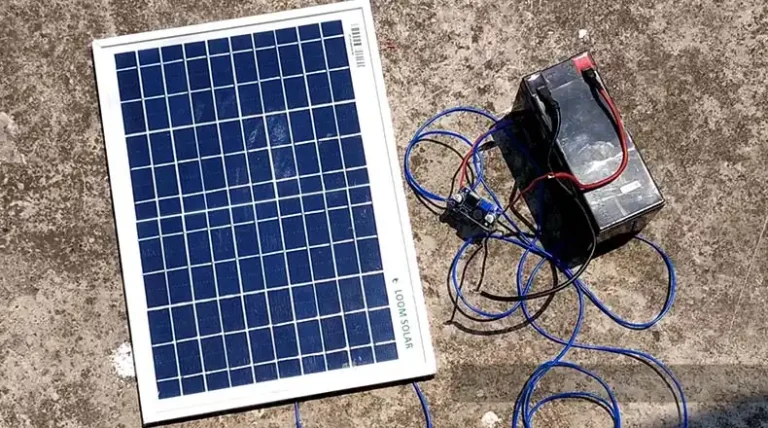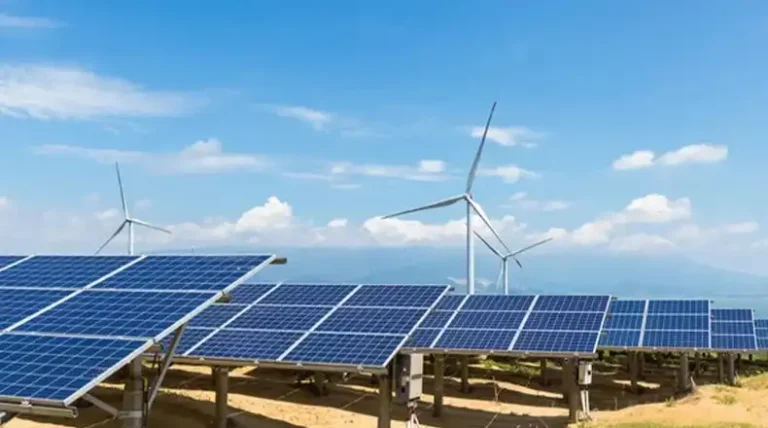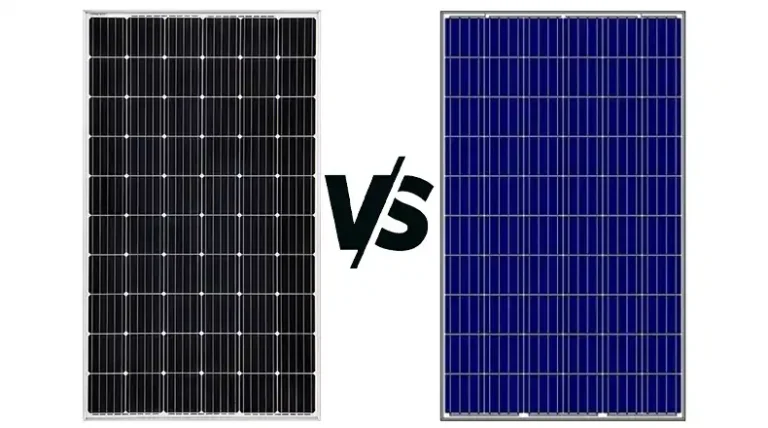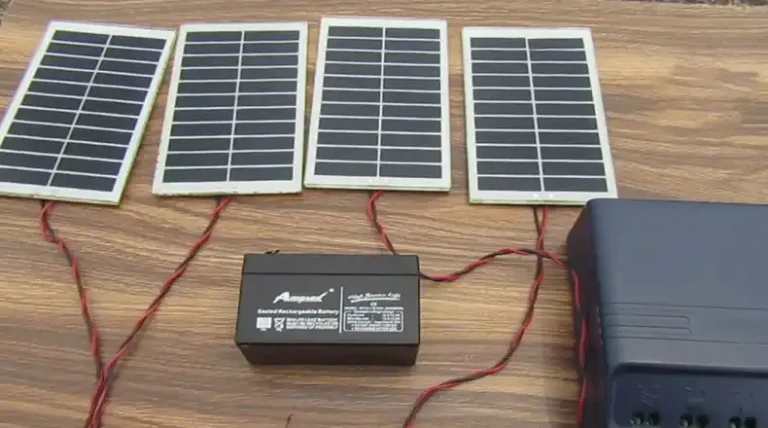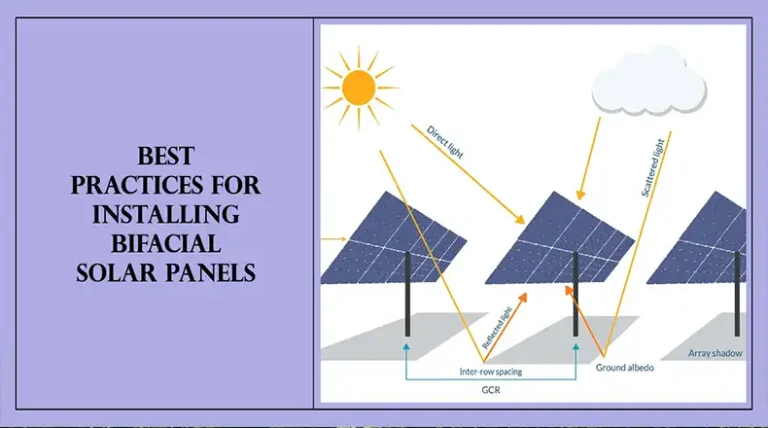How to Qualify for the Federal Solar Tax Credit?

With economic inflation going high left and right, it’s no wonder that people are constantly looking to find ways to lower their electricity bills. And although installing a dedicated solar system for your home is a very effective option, it remains expensive to this day.
This is where solar tax credit can come in and save the day for you. In this article, we will walk you through everything you need to know about qualifying for and claiming this valuable financial benefit.
How the Federal Solar Tax Credit System Works
The federal solar tax credit is a powerful financial incentive that allows homeowners to deduct a substantial portion of their solar installation costs from their federal taxes. As of 2024, this credit stands at an impressive 30% of the total cost of your solar energy system, with no upper limit on its value.
To put this into perspective, if you install a solar system costing $20,000, you could potentially receive a tax credit of $6,000. This significant reduction in upfront costs has made solar energy more accessible to a broader range of homeowners across the United States.
It’s crucial to understand that this is a tax credit, not a rebate or instant discount. The credit reduces your tax liability on a dollar-for-dollar basis. If your tax credit exceeds your tax liability for the year, you can carry forward the excess to future tax years, typically for up to five years.
What Do You Need to Qualify for the Federal Solar Tax Credit
To take advantage of the federal solar tax credit, you’ll need to meet certain eligibility requirements. Let’s break them down:
1. Property Ownership: The most fundamental requirement is that you must own the solar energy system. If you’re leasing solar panels or participating in a power purchase agreement (PPA), you won’t be eligible for the tax credit.
2. Primary or Secondary Residence: Both primary and secondary residences qualify for the credit. This means your vacation home could also benefit from a solar installation.
3. System Specifications: Your solar energy system must be new or being used for the first time. The credit applies to solar photovoltaic (PV) panels, solar water heaters, and even some solar roofing tiles.
4. Installation Timeline: The system must have been installed between January 1, 2006, and December 31, 2034, to be eligible for the credit.
5. Location: The solar system must be located at your residence in the United States.
6. Taxable Income: While there’s no income limit to claim the credit, you must have sufficient tax liability to benefit from it. If your tax liability is less than the credit amount, you can carry forward the unused portion to future tax years.
What Does the Federal Solar Tax Credit Cover?
The solar tax credit covers more than just the panels themselves. Eligible expenses include:
1. Solar panels or PV cells
2. Additional equipment such as inverters, wiring, and mounting hardware
3. Energy storage devices (batteries) with a capacity of 3 kilowatt-hours (kWh) or more
4. Labor costs for on-site preparation, assembly, and original installation
5. Permitting fees, inspection costs, and developer fees
6. Sales tax on eligible expenses
It’s worth noting that the inclusion of energy storage devices is a recent and significant addition to the credit’s coverage. This means that if you decide to add a battery system to your solar installation, it will also qualify for the 30% federal tax credit.
How Do You Qualify for the Federal Solar Tax Credit
Now that we’ve covered the basics, let’s walk through the process of qualifying for and claiming the federal solar tax credit. First, install your solar system, obviously. Make sure to keep all receipts, contracts, and other documentation related to your solar installation. You will need these to accurately calculate your credit and substantiate your claim if audited.
To calculate your credit, determine the total cost of your solar system, including all equipment and installation costs. Then multiply this amount by 30% to calculate your potential tax credit.
Next up, complete the IRS form 5695. When filing your taxes, you’ll need to complete IRS Form 5695, Residential Energy Credits. This form allows you to calculate your credit and report it on your tax return. Now transfer the credit amount from Form 5695 to the appropriate line on your Form 1040. If you’re using tax preparation software, it should guide you through this process.
Remember, if your tax credit exceeds your tax liability, you can carry the excess forward to future tax years, typically for up to five years.
Common Misconceptions and Pitfalls to Avoid
As you navigate the process of qualifying for the federal solar tax credit, be aware of these common misconceptions:
1. Leases and PPAs: Many homeowners mistakenly believe they can claim the tax credit if they lease their solar panels or enter into a power purchase agreement (PPA). However, in these cases, the company that owns the system typically claims the credit.
2. Credit vs. Rebate: Some people confuse the tax credit with a rebate. Remember, this is a credit applied to your tax liability, not cash back in hand at the time of purchase.
3. Carryover Confusion: If your tax credit exceeds your tax liability, you can carry the excess forward to future years. However, this isn’t indefinite – typically, you have up to five years to use the full credit.
4. Rental Properties: If your solar system installation is on a rental property that you own, you can only claim the ITC if you live at that property for at least part of the year. Even then, you can only claim the portion of the credit that reflects how much time you spent living there.
Frequently Asked Questions
Is there an income limit for the federal solar tax credit?
No, there is no income limit to claim the federal solar tax credit. However, you must have sufficient tax liability to benefit from the credit.
How many times can I claim the solar tax credit?
You can only claim the solar tax credit once for your initial installation. However, if you can’t use the entire credit in one year, you can carry forward the remaining amount to future tax years, typically for up to five years.
Can I use the federal solar tax credit if I don’t owe any taxes?
If you don’t owe federal taxes in the year you install your solar system, you can’t claim the credit for that year. However, you can carry the credit forward to future years when you do have a tax liability.
Does the solar tax credit work with other incentives?
Yes, in most cases, you can combine the federal solar tax credit with state and local incentives. However, some state incentives may affect the calculation of your federal credit, so it’s best to consult with a tax professional.
What happens if I sell my house shortly after installing solar panels?
If you sell your house, the tax credit stays with you, the original installer of the solar system. The new homeowner cannot claim any unused credit.
Do solar batteries qualify for the tax credit?
Yes, as of 2023, solar batteries with a capacity of 3 kilowatt-hours (kWh) or more qualify for the federal tax credit, whether installed with a new solar system or added to an existing one.
Bottom Line
The federal solar tax credit offers a substantial financial incentive for homeowners considering solar energy. By understanding the qualification process and maximizing your benefits, you can make a significant dent in the upfront costs of solar installation.
With careful planning and a clear understanding of the federal solar tax credit, you can make an informed decision about whether solar energy is the right choice for your home and your wallet.

